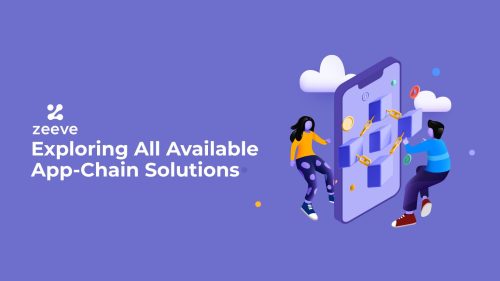
Exploring All Available Appchain Solutions
Appchains epitomize a groundbreaking approach to blockchain technology, marking a shift from the one-size-fits-all model to a more tailored and bespoke paradigm. By constructing purpose-built blockchains, developers can focus on enhancing the efficiency, reliability, and user experience of their applications without being confined by the limitations of generic blockchain architectures. By harnessing the unique features offered by different Appchains operating on top of existing Layer 1 blockchains, developers can unlock the true potential of their applications, tailor consensus mechanisms and networking functionalities to their precise needs, and pioneer innovation within the blockchain ecosystem. It’s time to understand the unique features of different Appchains and embark on a transformative journey towards a decentralized future.
Popular App-chains
It would be wrong to assume that all blockchain platforms have support to build Appchains. Polkadot is one such platform that utilizes Appchains. This multi-chain framework enables interoperability between different blockchains. Polkadot’s Substrate development framework allows developers to create their own Appchains, providing flexibility and scalability for various applications. In the subsequent segment, we will explore various attributes of well-known Appchains, showcasing the versatility and adaptability of these efficient solutions to cater to diverse application needs.
- Substrate Parachains
- Cosmos Zones
- Avalanche Subnets
- Polygon Supernets
- BNB Side Chains
Substrate Parachains
Polkadot operates as a network consisting of parachains, which are L1 blockchains compatible with the Ethereum Virtual Machine (EVM). The Relay Chain serves as the central blockchain that connects these parachains together. The Relay Chain, functioning as a Layer 0 blockchain, verifies and validates all transactions.
The consensus mechanism employed by the Relay Chain is Proof-of-Stake, where validators stake the native token of Polkadot called DOT. Each group of validators is assigned to a specific parachain and is nominated and supported by collators who serve as nodes for both the Relay Chain and their respective parachains.
What are the benefits of Substrate Parachains?
Parachains offer a platform for running dedicated applications or projects. Presently, the Polkadot network can accommodate up to 100 parachains. Developers can acquire a parachain by participating in an auction process, wherein they bid on projects they deem deserving of a parachain. Once obtained, the developer leases the parachain for a period of two years. Moreover, these essential chains serve as bridges, enabling the connection between the Polkadot network and external L1 blockchains such as Ethereum.
Developers gain benefits such as the freedom to determine the economic and governance structure of their applications. Additionally they support the usage of their own native tokens, granting further flexibility and customization options.
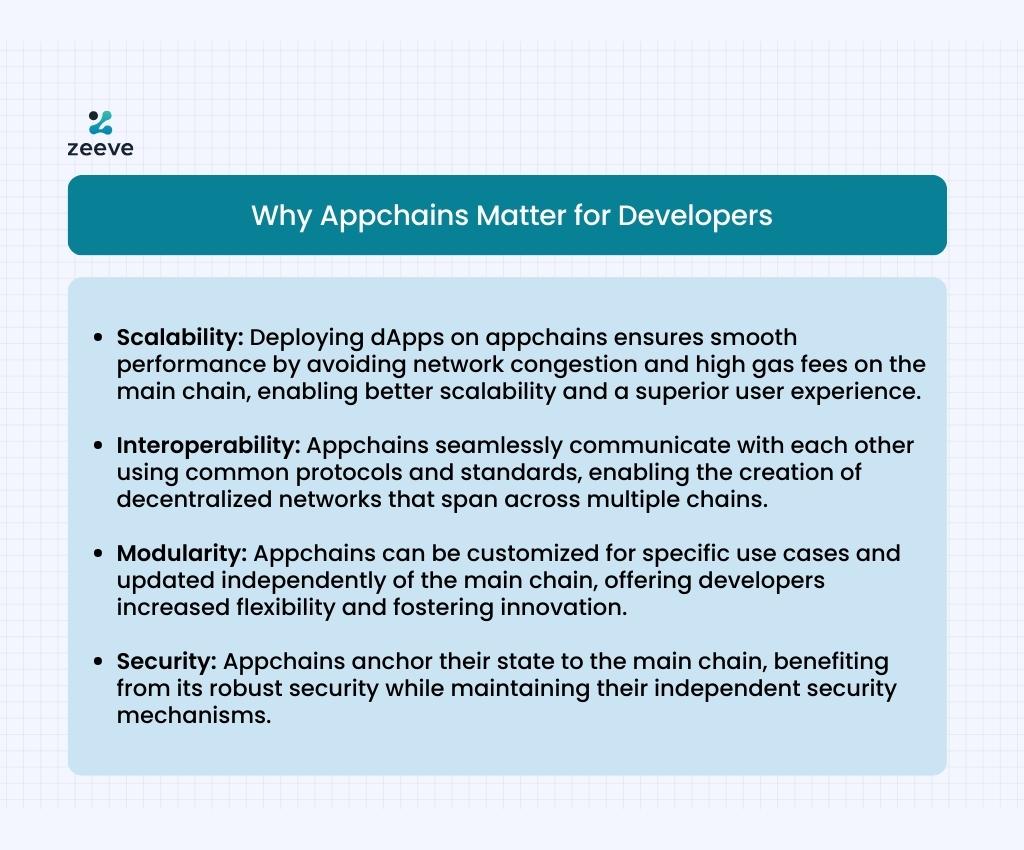
Substrate Parachain Projects:
Acala and Litentry are two noteworthy projects that play significant roles in the ecosystem. Acala focuses on establishing itself as a decentralized finance (DeFi) hub, providing users with a seamless and efficient platform for various financial applications. Its standout feature is the decentralized stablecoin, aUSD, which maintains its peg to the US dollar through advanced mechanisms and on-chain governance. Acala also incorporates liquid democracy, ensuring a community-driven and decentralized governance model.
On the other hand, Litentry addresses the challenge of identity management in the blockchain space. It acts as a cross-chain identity aggregator, enabling users to securely manage their decentralized identities (DIDs) and selectively share their personal information with different applications. With Polkadot’s interoperability, Litentry ensures seamless integration with multiple blockchains, allowing users to maintain consistent and trusted identities across platforms. It also incorporates reputation scores based on verified on-chain activities, providing a reliable metric for assessing users’ credibility.
In summary, Acala and Litentry contribute to the growth and advancement of the Polkadot ecosystem. Acala offers stability and a wide range of DeFi services, while Litentry addresses identity management challenges, providing control, privacy, and reputation tracking. These projects demonstrate the potential of Appchains in revolutionizing various sectors within the decentralized landscape.
Cosmos Zones
Cosmos Zones are an integral part of the Cosmos network, employing a hub-and-spoke framework. In this setup, Appchains, referred to as a ‘zone’, are linked to the Cosmos Hub, which serves as the central hub for the entire Cosmos network. Consequently, this arrangement fosters interconnectivity among all zones within the Cosmos network.
The interconnected nature of the zones facilitated by the Cosmos Hub enables seamless exchange of data and tokens between them. Although individual zones can possess their own unique tokens, the native token of the Cosmos Hub is ATOM. ATOM holds significance in various aspects, including staking, rewards, and transaction fees.
To ensure the validation of transactions within a Proof-of-Stake model, the Cosmos Network leverages the Tendermint Core. This Byzantine Fault Tolerant consensus algorithm plays a vital role in verifying transactions. Developers, on the other hand, utilize the Cosmos SDK as their platform of choice when constructing zones within the Cosmos Network. It is worth noting that anyone has the freedom to create a Cosmos Zone tailored to their specific project.
What are the benefits of Cosmos?
Developers can benefit greatly from Cosmos Zones, in addition to the typical advantages associated with Appchains development. By leveraging Tendermint Core, transaction speeds and finality are significantly improved. Furthermore, Inter Blockchain Communication (IBC) enables seamless data transfer between different zones. Another advantage offered by Cosmos SDK is the ability for developers to construct parallel chains within their Appchains, thereby enhancing throughput when necessary.
Examples of Cosmos Zones projects:
When it comes to speaking of projects using Appchains, dYdX and Osmosis are two prominent projects within the Cosmos Zones ecosystem that are revolutionizing cryptocurrency trading and decentralized finance (DeFi).
dYdX is a decentralized exchange that operates on a transparent and secure network. By leveraging the power of Cosmos, dYdX provides traders with seamless and efficient trading experiences. Users can trade a wide range of cryptocurrencies directly from their personal wallets, ensuring complete control over their funds. With its user-friendly interface and advanced trading features, dYdX caters to both novice and experienced traders.
Osmosis, on the other hand, is the largest decentralized exchange on the Cosmos network. It offers a dynamic platform for users to swap cryptocurrencies, participate in liquidity pools, and earn rewards. Osmosis simplifies the swapping process and ensures fast transactions, low fees, and interoperability with other Cosmos-based applications. Additionally, it serves as a hub for developers to build and deploy innovative decentralized applications (dApps) on the Cosmos network.
Both dYdX and Osmosis have thriving communities and prioritize decentralized governance. Users actively participate in decision-making processes, shaping the evolution of these platforms to align with their collective interests.
These projects highlight the immense potential within the Cosmos Zones ecosystem and contribute to the growth of a vibrant DeFi ecosystem. By providing secure and user-friendly platforms for cryptocurrency trading and the development of financial tools, they open up new opportunities for individuals worldwide to participate in the future of finance.
Polygon’s supernets
The Polygon Supernets ecosystem offers a range of tools and features for developing and deploying apps. By leveraging scaling solutions such as layer-2 techniques, parallelization, and future integration of ZK technology, Supernets enable increased data storage, processing power, and transaction capacity.
Operating on the Edge consensus client PolyBFT, Supernets serves as an enabler of Appchains with a focus on empowering enterprise-grade projects. It delivers performance, autonomy, and scalability, making it a valuable choice among Appchains for enterprises.
Supernets introduces a modular framework that simplifies blockchain or rather custom Appchains development, making it easier to implement custom blockchain networks. Developers can leverage Supernets to create high-performance Appchains networks tailored to their specific needs, thanks to customizable virtual machines.
In addition, the Polygon Supernets ecosystem promotes community-driven governance through on-chain mechanisms, ensuring active participation from network stakeholders in the Appchains. This inclusive approach enhances the overall network experience for appchain builders.
What are the benefits of Supernets?
The Polygon supernets offer benefits in terms of security, UX, and interoperability. In terms of security, the platform provides both economic and governance-based security, allowing users to stake MATIC and use Appchains native tokens for validator rewards. The governance features enable control over chain access and smart contract deployment, while compliance and regulatory programs enhance security measures of the custom Appchains built on it.
Polygon supernets offer numerous benefits to projects and enterprises seeking scalable blockchain networks. These supernets enable users to tailor their block space requirements to their specific needs, ensuring optimal scalability. At the same time, they leverage the robust security and integrity provided by the Polygon Proof of Stake (PoS) and Ethereum mainnet. This combination of customization and established network reliability empowers organizations to build and operate blockchain solutions that can handle increased transaction volumes without compromising on security.
Examples of Polygon Supernet Projects:
Vorz – A tokenized Metaverse social media app similar to TikTok: Vorz is a tokenized Metaverse social media app on Polygon that resembles TikTok. It combines blockchain technology with social media interactions, allowing users to create and share videos. Content and interactions are tokenized, enabling creators to monetize their content and earn rewards. The app offers a Metaverse experience through VR and AR, where users can interact with others and explore virtual environments.
Boomland – A web3 game developed by BoomBit: Boomland is a web3 game on Polygon developed by BoomBit. It incorporates blockchain technology and Polygon’s advantages to offer a unique gaming experience. Players can own and trade in-game assets as NFTs, including weapons, equipment, and virtual real estate. The game benefits from Polygon’s scalability and low transaction costs, ensuring smooth gameplay. Boomland offers diverse activities like exploration, battles, quests, and multiplayer modes.
Avalanche’s subnet
Subnets, released in May 2022, are validators that function together to achieve consensus on the state of blockchains. Subnets help enable Appchains by providing validators that can be shared between blockchains. Within the Avalanche ecosystem, subnets allow developers and businesses to create customized blockchains.
Subnets are configurable for developers to create blockchains with customizable blockchain virtual machines (EVM, AVM, etc.). Subnets are helpful for entrepreneurs as they allow them to build private blockchains without requiring a token.
The Avalanche’s mainnet comprises three chains: X-Chain (Exchange Chain), P-Chain (Platform Chain), and C-Chain (Contract Chain).
- X-Chain is a payments chain optimized for NFT minting and UTXO transfers.
- C-Chain is an EVM smart contract platform allowing for the seamless creation of exclusive decentralized applications.
- P-Chain is responsible for coordinating Avalanche validators and takes part in creating and managing subnets.
All the activity of the Avalanche network happens on the primary subnet that contains all the validators. The validators are required to validate the Primary Network or the X, P, and C chains. The process helps to streamline the connectivity between subnets and feels much more native. The addition of subnets allows validators to validate additional blockchains on Avalanche.
What are the benefits of Subnets?
Subnets include several blockchains, rule sets, distinctive virtual machines, and requirements for participation. They allow a network to operate freely, making gas fees less expensive for users to use applications.
- Subnets allow customization of gas tokens, where users can use native tokens or multiple tokens for gas optimization.
- Subnets may also ask validators to meet specific hardware requirements for the easy functioning of the application.
- Subnets offer privacy and regulatory compliance to organizations. But one can access permissioned subnets only if they have special licenses for the locations.
Blockchains can create a subnet to harness Avalanche’s consensus mechanism for faster finality, performance, and increased security. As mentioned above, subnets offer several advantages to the crypto ecosystem and have caught the attention of major corporations such as Deloitte and Mastercard.
Avalanche Projects
Developers have launched the initial projects on Avalanche’s subnet to use its characteristics. Initially, Crabada and DeFi Kingdoms were the two games that joined the subnet ecosystem.
All thanks to subnets, DeFi Kingdoms possess a flexible tokenomics mechanism where one can use AVAX or a subnet-native token to pay gas fees. Crabada is a GameFi project that harnessed the potential of subnets to deliver a better user experience by lowering gas fees.
Avalanche has introduced an exciting concept for platforms to maintain low gas fees. Initially, projects will launch on C-Chain until the volume drives up and fees start rising. Once the project is experiencing a good user base, they can move to their own subnet for lower fees. The complete cycle is repeated as the projects evolve in the Avalanche ecosystem.
BNB Side Chain
BNB Sidechain serves as a robust platform within the BNB Smart Chain ecosystem, facilitating the creation of sidechains. Essentially, it provides developers and node operators with the necessary infrastructure to construct and operate their own blockchains. These side chains maintain a strong affiliation with the BNB Smart Chain.
The primary objective of BNB Sidechain is to empower developers by simplifying the process of launching their own blockchains, a task that can be accomplished within a matter of hours. These blockchains possess unique specifications and validator sets, allowing for customization. Moreover, these blockchains are seamlessly integrated into the broader BNB Smart Chain infrastructure, ensuring a close connection and compatibility.
What are the benefits of BNB Side Chain?
When it comes to enhancing transaction speed and reducing transaction costs, sidechains offer a promising solution. One key advantage of using BSC for web3 projects is the ability for developers to port data and assets from the BNB Chain. The BNB side chain offers numerous advantages that contribute to the sustainable development of projects and the overall ecosystem. With its exceptional performance, BAS boasts high transaction processing speeds, enabling a high number of transactions per second (TPS). Additionally, it offers the distinct benefit of remarkably low gas fees, ensuring cost-effective operations for participants. The integration of BAS with the BSC network opens up a plethora of advantages, granting easy access to the extensive liquidity and robust infrastructure available on the BSC platform. By leveraging this integration, projects can readily utilize various features such as DeFi services, Dapps, liquidity tools, and even explore the flourishing NFT marketplaces.
BNB Side Chain Projects
Antimatter B2, built on the Binance Smart Chain (BNB) side chain, has emerged as one of the most popular projects within the decentralized finance (DeFi) space. With its innovative approach to derivatives, Antimatter aims to become the go-to platform for DeFi enthusiasts seeking exposure to a wide range of financial instruments. By leveraging the BNB side chain, Antimatter benefits from the high-speed and low-cost transactions that the Binance Smart Chain provides. This scalability and efficiency make Antimatter an attractive option for DeFi enthusiasts looking to trade derivatives and participate in decentralized finance activities without the burden of excessive fees and delays.
Build your custom Appchains with Zeeve
Zeeve is a one-stop web3 infrastructure automation platform for seamlessly deploying the appchain nodes on the enterprise-grade Web 3.0 infrastructure platform. We provide end-to-end services for deploying, monitoring, and scaling nodes.

You can build your own appchain and save on costs and time to market using Zeeve’s platform and tool set. In addition to nodes, Zeeve also provides plug & play developer tools and web3 infrastructure to their users for building custom Appchains. Substrate parachains, Polygon Supernets, Cosmos SDK, BNB Side Chains and Avalanche subnets are some examples of chains that are supported by Zeeve.
One notable aspect of Zeeve is its wizard-based configuration panel. This user-friendly approach provides a seamless experience for individuals looking to utilize the Appchains infrastructure. It also offers various customizations and unlimited flexibility, enabling users to tailor their Appchain network to suit their unique needs. This flexibility is particularly valuable for developers and organizations seeking a more personalized and adaptable environment.
Zeeve also provides essential tools such as RPC APIs and Staking Infrastructure, which are crucial for the smooth operation of Appchains networks. It offers cross-chain bridges and plugins, allowing users to seamlessly connect different blockchain networks. You can rely on Zeeve for smooth Appchains deployments across 9 different cloud providers and 150+ regions to ensure data compliance, low latency and best performance. Sign up now.


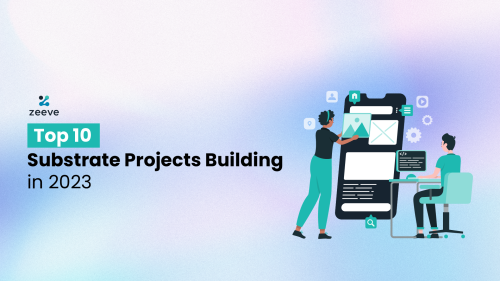

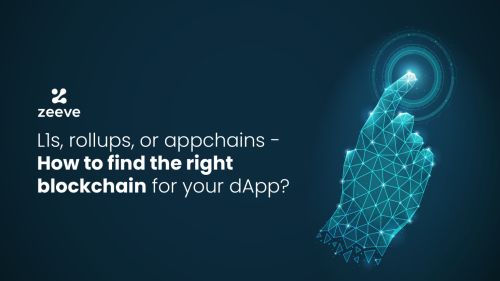
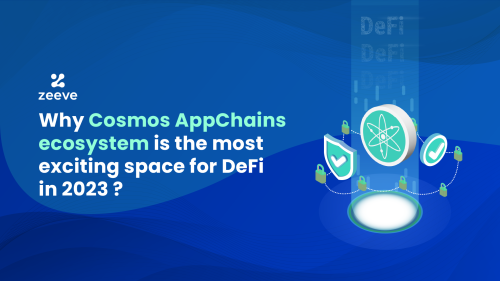
Responses